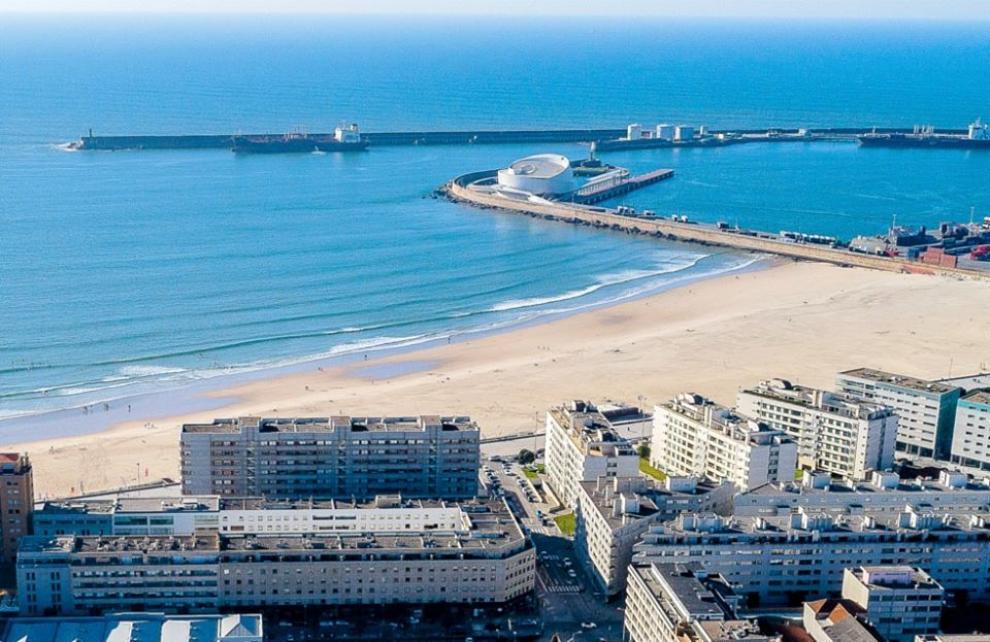Thessaloniki gets ready for its metro launch in November
The underground rapid transit lines have been under construction for almost two decades due to various project delays
 TheMayor.EU logo
TheMayor.EU logo 
The oldest traces of a human settlement in this territory go back thousands of years and include ancient instruments and Paleolithic artefacts. The settling of the land began around 5000 years ago, during the Neolithic period.
The position of the area within the Roman Empire led to deep changes to the territory's structure and its settlement. The creation of new roads and bridges resulted from a general policy of development, communication and commerce, associated with Pax Romana.
When Portugal was established as a state in the XII century, a settlement in the territory had already existed for a time, Vila de Matesinum. During this period Matosinhos was part of the parish of Sandim.
In the late Middle Ages, the territory was marked by the foundation of monasteries and convents. The Monastery of Bouças supported the growth of the settlement and was part of the basis of the municipality of Matosinhos.
In the XVI century, Matosinhos received a foral (charter) attributed to King D. Manuel I, which means an important position as an agro-producer and seat of many property-owners. Matosinhos became a main suppliers of Porto.
As a port city, Matosinhos was perfectly placed to take advantage of the traffic during the Age of Discoveries, when many emigrants were looking to purchase land in the territory of Brazil.
In 1832, a fishing community had begun to transform the coast of Matosinhos into an important centre for the can industry, establishing a principal motor for development in the municipality, that would drive the economy forward until the late XX century.
In 1833, following a series of administrative reforms, the municipality of Bouças was established, with its seat in the locality of Senhora da Hora. It remained the seat until 1853, when the town of Matosinhos was created. It included the civil parishes of Matosinhos and Leça da Palmeira, which later took on the role of the municipal seat.
In 1909, the municipality officially changed its name to Matosinhos.
The Port of Leixões was established at the end of the XIX century. This marked the beginning of the transformation of Matosinhos, based on the sardine fishery and can industry, and ultimately led to the elevation of the town to the status of city on 28 May 1984.
Matosinhos is a city and municipality in the North Coast of Portugal, bordered in the south by the city of Porto (8 km away by the city centre). The population is 175,478 (2011), and covers an area of approximately 62.42 square kilometres.
Matosinhos hosts the international Leixões Cruise Terminal and a large oil refinery of Galp Energis. EFACEC - a leading Portuguese company in the electromechanics industry, has its headquarter in the city.
One of the most comprehensive state-run hospitals in Portugal - Pedro Hispano Hospital, is located in Matosinhos and serves the entire Porto Metropolitan Area.

Matosinhos offers a vast and unique coastline where the green Leça Valley is lost in the blue Atlantic Ocean. On its magnificent beaches you can practice sports such as surfing, which is one of the main attractions of the region.
The Port of Leixões is the largest artificial port in Portugal, which handles millions of tons of goods and disembark thousands of tourists every year. The Francisco Sá Carneiro Airport is located on the edge of the municipality. The Exponor Congress Center is one of the main competitive infraesctrutures of the region.